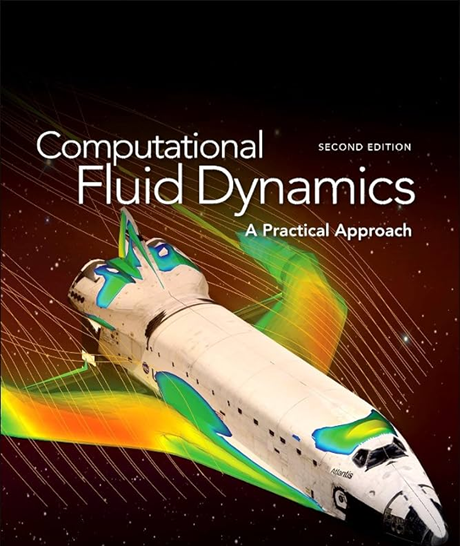- Courses
- GS Full Course 1 Year
- GS Full Course 2 Year
- GS Full Course 3 Year
- GS Full Course Till Selection
- MEP (Mains Enrichment Programme) Data, Facts
- Essay Target – 150+ Marks
- Online Program
- GS Recorded Course
- NCERT- First Ladder
- Polity
- Geography
- Economy
- Ancient, Medieval and Art & Culture AMAC
- Modern India, Post Independence & World History
- Environment
- Governance
- Science & Technology
- International Relations and Internal Security
- Disaster Management
- Ethics
- Current Affairs
- Indian Society and Social Issue
- CSAT
- 5 LAYERED ARJUNA Mentorship
- Public Administration Optional
- ABOUT US
- OUR TOPPERS
- TEST SERIES
- FREE STUDY MATERIAL
- VIDEOS
- CONTACT US
PraVaHa Software
PraVaHa Software
09-06-2024

The Indian Space Research Organisation (ISRO) has developed a CFD software called PraVaHa, which stands for Parallel RANS Solver for Aerospace Vehicle Aero-thermo-dynamic Analysis.
About PraVaHa Software:
-
Purpose and Development:
- PraVaHa is a CFD software created by ISRO's Vikram Sarabhai Space Centre (VSSC).
- It aims to analyze the aerodynamics and aerothermodynamics of aerospace vehicles like launch vehicles and winged or non-winged re-entry vehicles.
-
Applications in the Gaganyaan Program:
- PraVaHa has been extensively used in the Gaganyaan program for aerodynamic analysis of human-rated launch vehicles, including HLVM3, Crew Escape System (CES), and Crew Module (CM).
-
Collaborative Development:
- The software is designed to be secure and flexible, facilitating collaborative development with academic institutions and government laboratories.
-
Current Capabilities:
- PraVaHa currently simulates airflow for Perfect Gas and Real Gas conditions.
- Validations are underway for simulating chemical reactions during air dissociation upon earth re-entry and combustion in scramjet vehicles.
-
Potential Impact:
- PraVaHa is expected to replace most of the CFD simulations for aerodynamic characterization, which are currently being carried out using commercial software.
- It will help academia and organizations involved in designing missiles, aircraft, and rockets find solutions to complex aerodynamic problems.
Importance of Computational Fluid Dynamics (CFD):
-
Initial Aerodynamic Design Studies:
- CFD is a tool used in initial aerodynamic design studies for launch vehicles, where numerous configurations need to be evaluated.
-
Aerodynamic and Aerothermal Loads:
- Aerospace vehicles experience severe aerodynamic and aerothermal loads during launch or re-entry due to external pressure and heat flux.
-
Understanding Airflow:
- Understanding airflow around aircraft, rocket bodies, or CMs during earth re-entry is crucial for designing their shape, structure, and Thermal Protection System (TPS).
-
Unsteady Aerodynamics:
- The unsteady part of aerodynamics contributes to flow issues around rocket bodies and creates acoustic noise during missions.
-
CFD as a Predictive Tool:
- CFD is a valuable tool for predicting aerodynamic and aerothermal loads by numerically solving the equations of conservation of mass, momentum, and energy.
Must Check: Best IAS Coaching In Delhi



